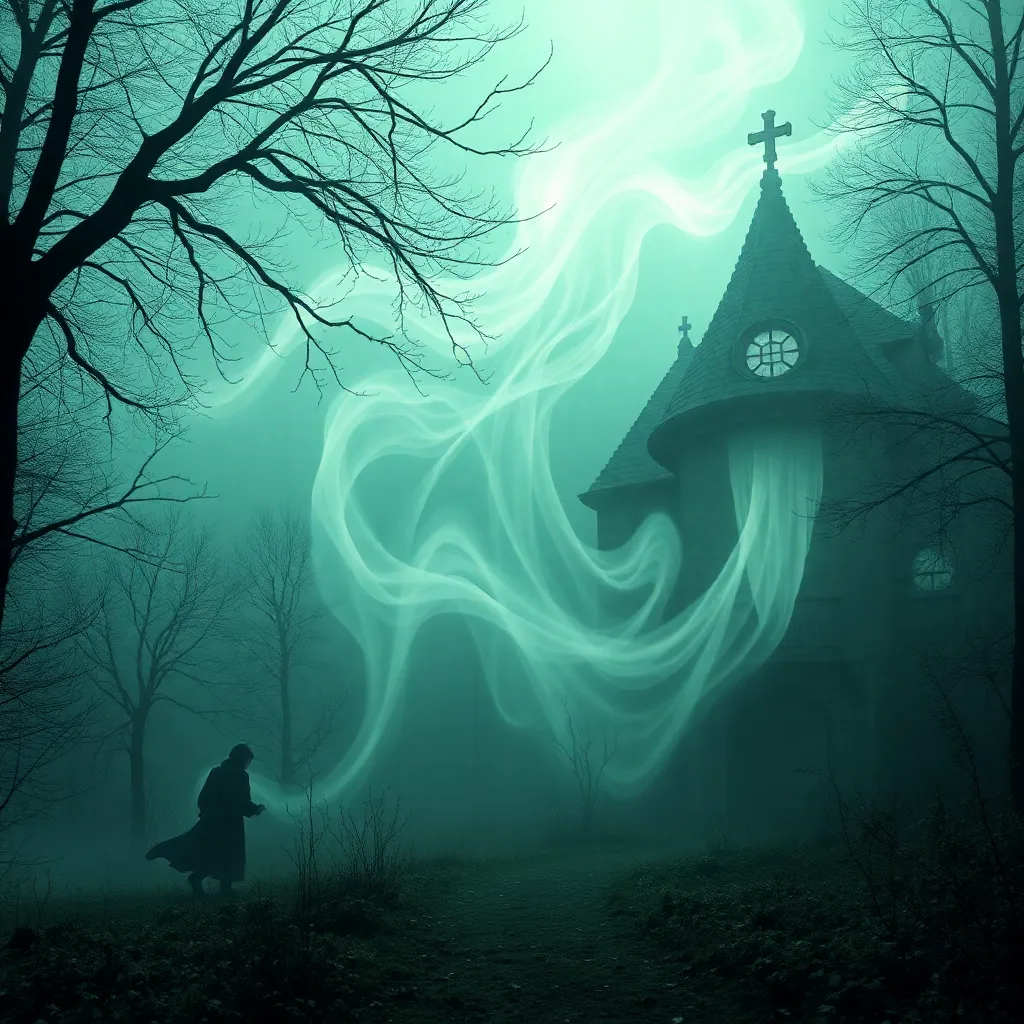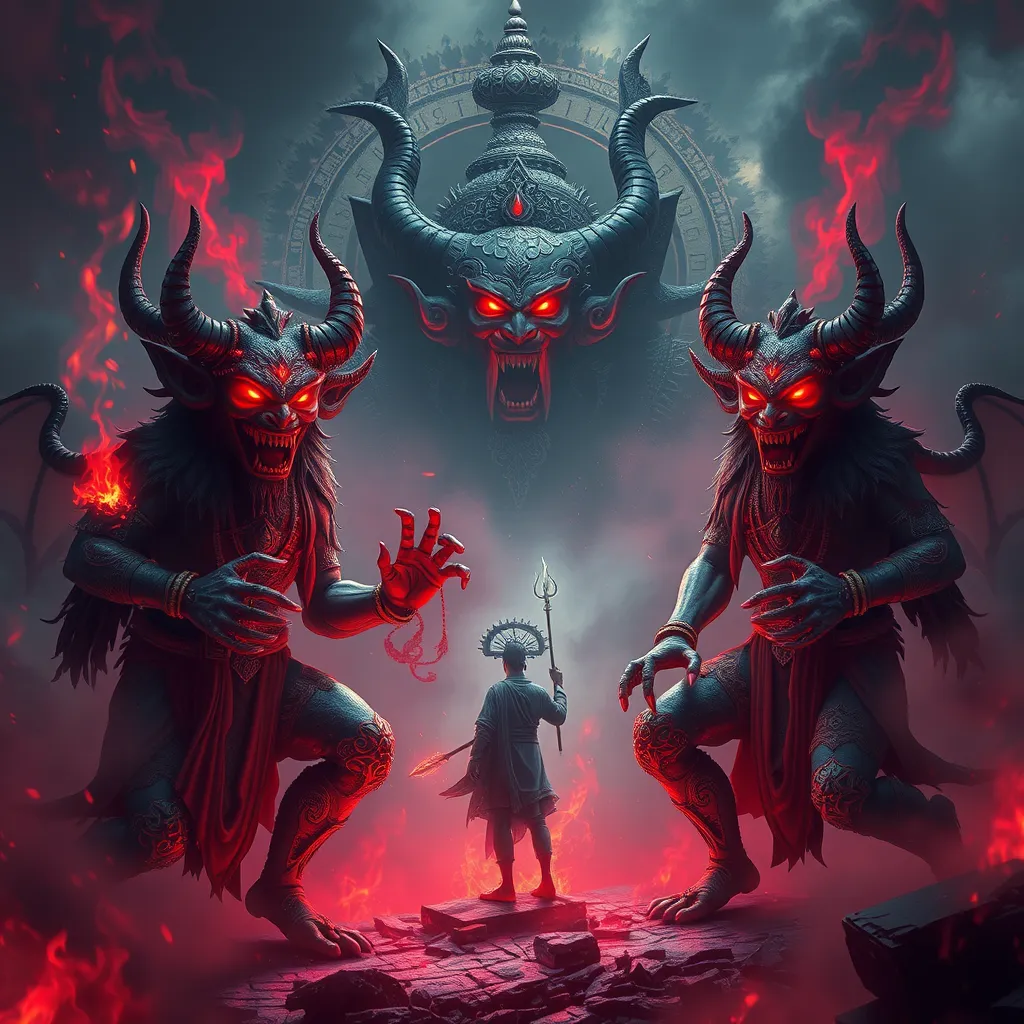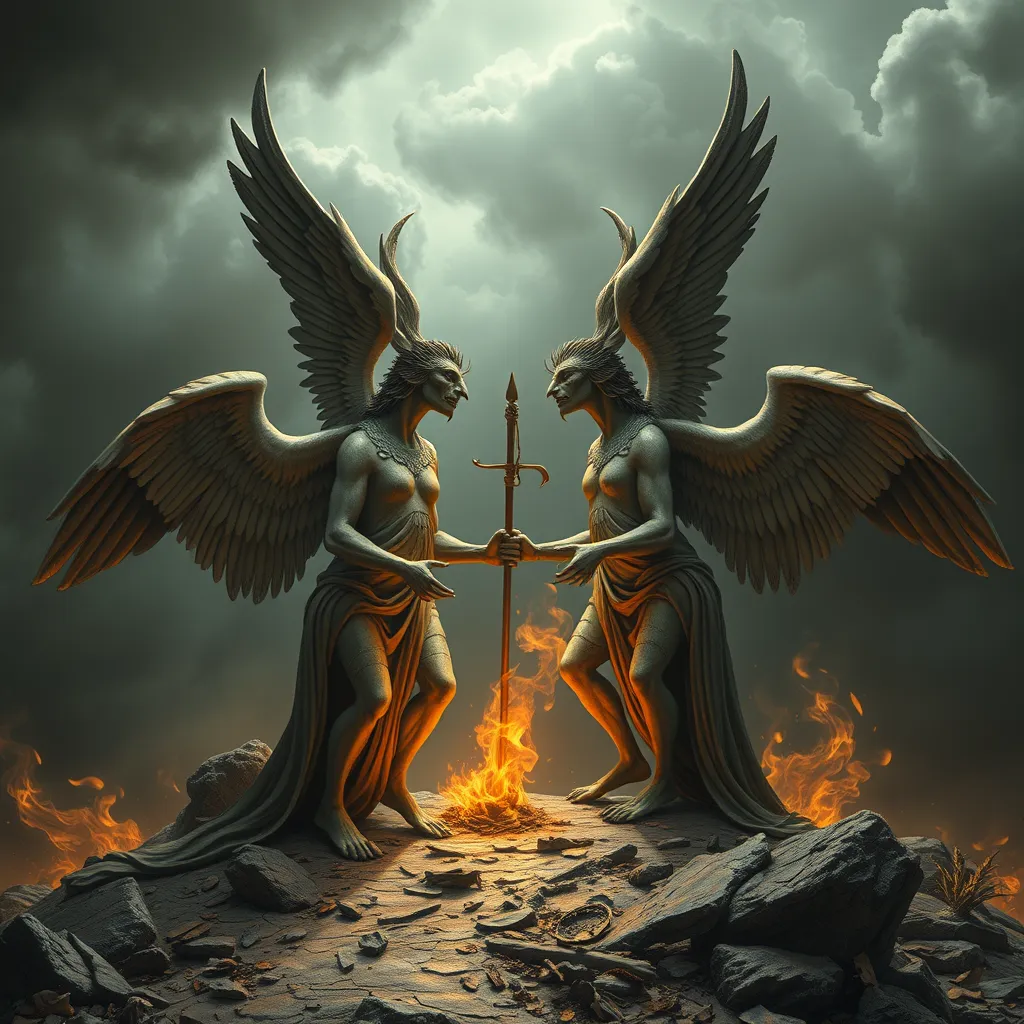From Poltergeist to Spirit: Understanding German Ghostlore
Introduction to German Ghostlore
German ghostlore is a rich tapestry woven from centuries of cultural beliefs, societal fears, and historical events. The fascination with the supernatural in Germany is not merely a reflection of individual fears but a collective narrative that helps to shape and define societal norms. Ghost stories serve as a mirror, revealing the values, anxieties, and moral lessons of the communities from which they originate.
Folklore plays a crucial role in understanding these societal beliefs. It encapsulates the wisdom of past generations, often transmitted orally before being recorded. The evolution of these tales provides insight into the dynamics of German society, making ghostlore an essential aspect of cultural heritage.
Historical Context of German Ghost Stories
The historical context of German ghost stories can be traced back to medieval times, where they often emerged from the struggles of everyday life. In the face of calamities such as wars, plagues, and famines, ghost stories became a means of explaining the unexplainable. They evolved as cautionary tales, moral lessons, or even as explanations for tragic events.
Over time, the themes of these stories shifted, influenced by significant historical events such as:
- The Thirty Years’ War (1618-1648), which left many communities devastated and led to tales of restless spirits.
- The Black Death (1347-1351), which spawned legends of the undead, reflecting the fears associated with death.
- World War I and II, which generated ghost stories of lost soldiers and haunted battlegrounds.
Each era’s ghost stories encapsulate the cultural psyche, offering a window into the fears and beliefs of the time.
Key Figures and Entities in German Ghostlore
German ghostlore is populated by a variety of spirits and supernatural entities, each with their own characteristics and stories. Some of the most notable figures include:
- Poltergeist: Known for causing physical disturbances and noise, these spirits are often seen as manifestations of repressed emotions.
- Wiedergänger: Literally meaning “one who returns,” these are the spirits of the dead who have come back to the living world.
- Heimliche: These are more benign spirits that protect households and families, often thought to bring good luck.
Each of these figures plays a significant role in shaping cultural narratives and reflects the values and fears of the societies that tell their stories.
The Poltergeist: Mischief and Mayhem
The Poltergeist, or “noisy ghost,” is a particularly intriguing figure in German ghostlore. Defined by its tendency to move objects and create disturbances, this spirit is often associated with young individuals experiencing emotional turmoil. The manifestations of a Poltergeist can range from harmless pranks to frightening events, such as:
- Objects being thrown across the room.
- Strange noises and footsteps in the night.
- Doors opening and closing on their own.
Famous Poltergeist cases, such as the haunting of the Bell family in the United States, have cultural implications that echo throughout ghostlore. These stories often serve as cautionary tales about the consequences of unresolved emotions and the importance of addressing personal issues.
Wiedergänger: The Return of the Dead
The Wiedergänger is another prominent figure in German ghostlore, embodying the fear of death and the unknown. These spirits are believed to return from the grave, often for unfinished business or to seek revenge. The significance of the Wiedergänger can be seen in various tales that warn against the consequences of neglecting the dead.
Stories of Wiedergänger have left a profound impact on German communities, shaping rituals and beliefs surrounding death. Common themes in these narratives include:
- The idea of ensuring a proper burial to prevent the dead from returning.
- Rituals performed to appease the spirits of the deceased.
- Tales of encounters with Wiedergänger leading to dire consequences for the living.
These stories reflect the deep-rooted beliefs regarding life after death and the respect owed to those who have passed away.
Regional Variations in Ghostlore
German ghostlore is not monolithic; it varies significantly across different regions. Each area boasts its own unique ghost stories and legends, influenced by local culture, history, and geography. For example:
- In Bavaria, tales of the Schwarze Katze (Black Cat) are common, believed to bring misfortune.
- In the Harz Mountains, stories of the Brocken spectre—a ghostly apparition seen on the Brocken mountain—are popular among hikers.
- In the Rhine Valley, legends of Lorelei, a siren who lured sailors to their doom, are prevalent.
These regional variations highlight the diversity of ghostlore and its ability to adapt to local narratives and fears, enriching the overall tapestry of German folklore.
Modern Interpretations and Adaptations
German ghostlore has found its way into contemporary media, influencing films, literature, and popular culture. Modern adaptations often reinterpret traditional ghost stories, infusing them with new themes and perspectives. Notable influences include:
- Films like The Others and The Ring, which draw on themes of haunting and the supernatural.
- Literature that revisits traditional tales, such as The Turn of the Screw by Henry James, which echoes German ghost story motifs.
- Television series that explore paranormal phenomena, bringing ghost stories into the mainstream.
In modern society, ghost stories continue to captivate audiences, offering a blend of entertainment and a means of exploring existential questions about life, death, and the afterlife.
Conclusion: The Legacy of German Ghostlore
The legacy of German ghostlore remains significant in contemporary culture, reflecting deep-seated fears, societal values, and historical narratives. Ghost stories are not merely tales of terror; they serve as a means of preserving cultural identity and heritage.
As society evolves, the relevance of these stories persists, adapting to new contexts while retaining their core themes. Ghostlore continues to offer insight into the human experience, reminding us of the importance of our collective past and the lessons it imparts for future generations. The enduring nature of these tales ensures that they will remain a vital part of German culture for years to come.



